A CIDOC CRM workshop
This week I partly participated in a two-day CIDOC CRM workshop led by Stephen Stead, who is actively participating in creating and developing this ontology. I knew a bit about CIDOC CRM before, but also learnt a lot, especially for my own projects.
What is CIDOC CRM?
The CIDOC Conceptual Reference Model (CRM) is a theoretical and practical tool for information integration in the field of cultural heritage. […] The CIDOC CRM achieves this by providing definitions and a formal structure for describing the implicit and explicit concepts and relationships used in cultural heritage documentation […] Such models are also known as formal ontologies.
https://cidoc-crm.org/
So basically it is a way of describing your data. The purpose of this is of course to make cultural heritage information machine-readable. How can a machine understand the sentence “Napoleon was participating in the Battle of Waterloo”? It has to dissect everything into entities: “Napoleon (PERSON) was participating in (ACTION IN RELATION TO) the Battle of Waterloo (EVENT)”. There are ways of doing so automatically, but when building databases, we need to define these relations manually and most importantly intelligently.
Introduction
The first day was exactly about that. Stephen explained to us why we need ontologies and how the CIDOC CRM came into existence. He explained the difference between classes and properties and how these can relate to each other. It is all quite clever really, although a bit complex. Relationships in the humanities can be very difficult. For example if you describe an object, what date will you give it? The date of creation? The date of usage? The day of finding the object? What if you are not entirely sure?
This is how multi-instancing works. A Neo-Assyrian relief is a man-made object, but it has also different functions during its lifetime. It is a piece in a museum, excavated artefacts, the representation of royal power for the Assyrians and much more. CIDOC CRM tries to cover all of that in a machine-readable way. According to Stephen, the CIDOC CRM is quite small with only 81 classes and 160 properties, which is quite amazing, because it can be understood. Other ontologies can be so big, that only machines can decipher them.
Archaeology
In Archaeology, we need databases. These databases do not simply list artefacts, but they try to build relations in between the data. As in the example above, I would have an entry for “Napoleon” in my persons table and an entry for “Battle of Waterloo” in my events table. Usually, we connect tables in databases, but this does not describe how the person relates to the event exactly. By using CIDOC CRM we can build a database in a way, that it is possible nevertheless.
A more practical example is the description of a scanned object. If I scan something, I naturally save all the data created. But where do I put the information about the equipment and software I used and what the object is really about, what it consists of? Well this is what meta- and paradata is for: information about the object and the process it was collected. Again, as with the example of the database, I have to think of a way in which I note everything down. Here also CIDOC CRM can help, because it provides the framework needed to do so.
I a future post, I will try to explain this a bit more in detail with a concrete example of a current project of mine, but this is for another time.







